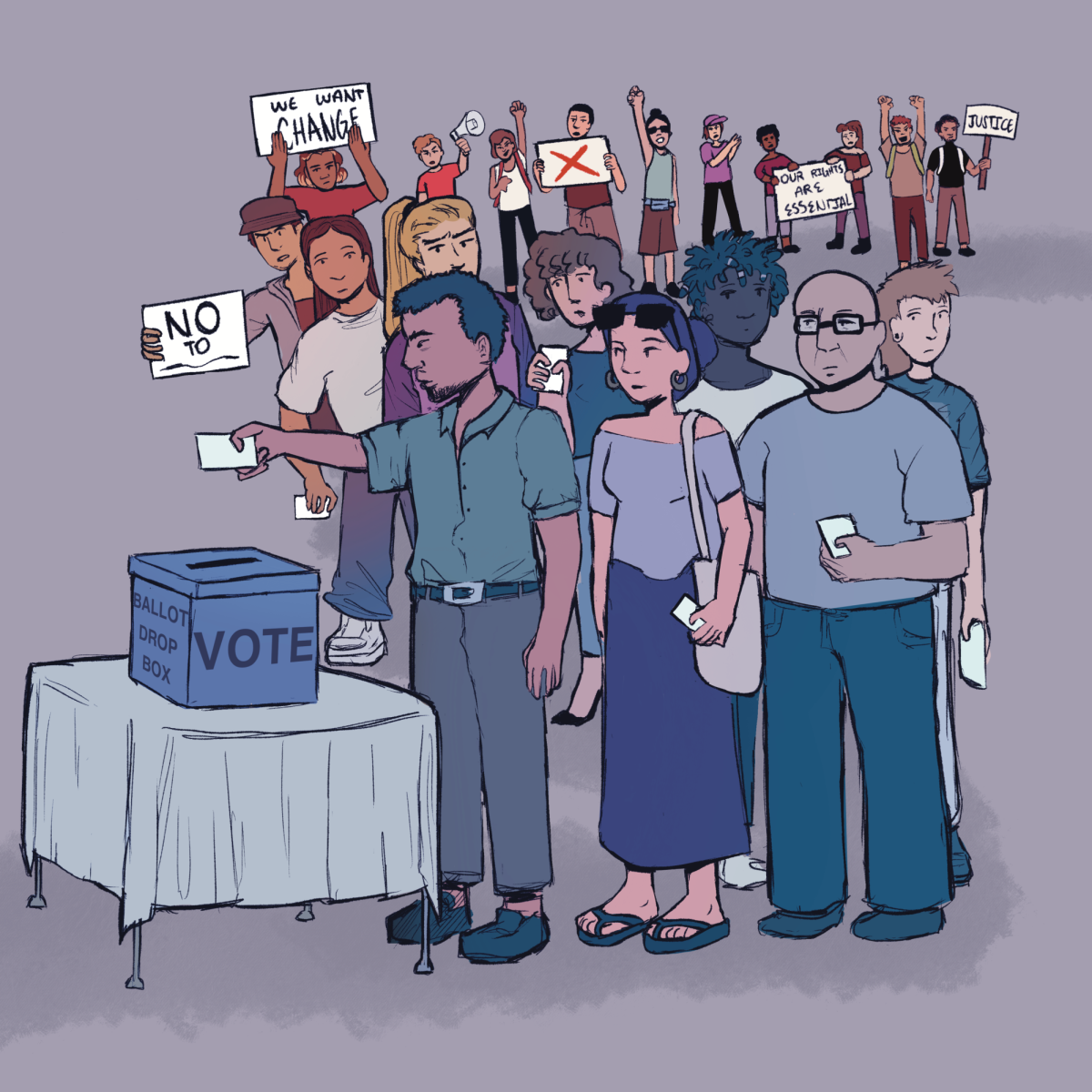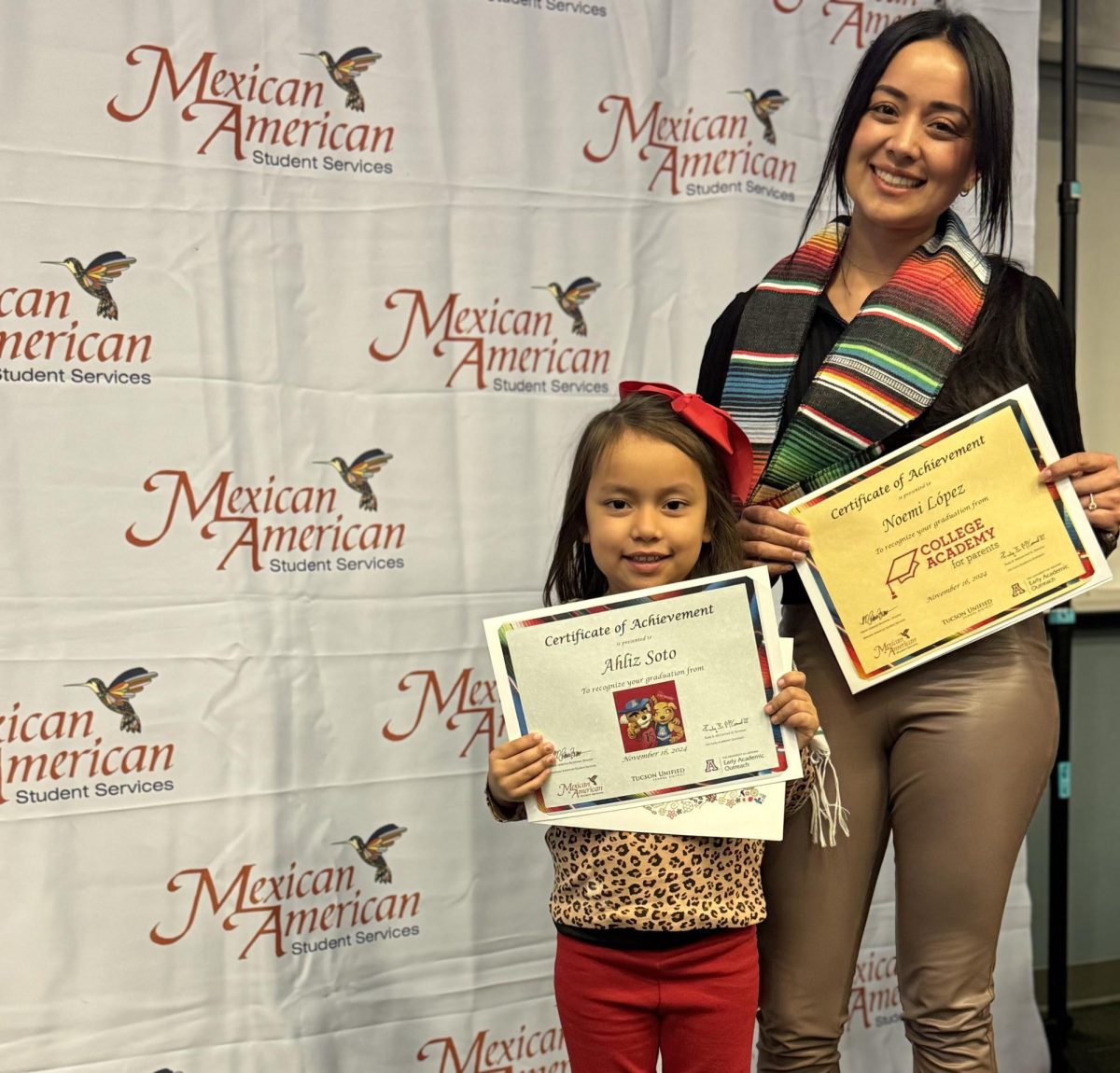UA professors are preparing for a course that will utilize information based on a recent Twitter study that tracked student’s dietary habits.
Last year, 50 UA students participated in a study that required them to tweet everything they consumed, who they were with at the time and where they were over a period of three consecutive days. Students would use a variety of hashtags that would then allow researchers to analyze associations between them.
For example, a student who had breakfast at Starbucks could tweet: “Had breakfast at Starbucks. #beverage Had a latte with #friends,” said Donella Ly, a graduate research assistant on the study who is now a UA alumna.
From there, Ly said researchers would pull information from those in the study who used those hashtags and start analyzing dietary behavior patterns.
“This was more of a feasibility study to test whether or not we were able to use Twitter to capture information about dietary behavior,” Ly said. “Our findings were that it is an acceptable and usable platform to capture dietary behaviors related to eating.”
For the study, researchers used the Eat It Tweet It iPhone app, which was created through a collaboration between the UA and New Mexico State University. The app makes it easier to use Twitter and choose existing hashtags to describe what a person is eating, where they’re eating it and with whom they’re eating it.
When the hashtags were accessed at the end of the study, they were compiled into a database. From there, researchers could analyze how often tweets occurred together. With the help of the UA computer science department, they created heat maps and other graphs showing the relationships between hashtags, according to Melanie Hingle, an assistant professor of nutritional sciences and researcher on the study.
The study was originally developed for a course that will most likely be offered next fall, called Systems Approach to Obesity Prevention. The course is about different factors that contribute to the development of obesity. Students will use the Twitter app during the first week to raise awareness about how eating is influenced by where a person is and who they’re with, Hingle said.
However, Hingle said she believes this will extend beyond the classroom.
“It’s going to have a lot of other uses,” Hingle said. “We’re working with colleagues across campus to leverage this tool to answer other questions about dietary behaviors.”
Hingle said she would like to analyze greater amounts of data moving forward as well as patterns that stretch across Twitter feeds that are not only limited to the UA.
“My goal is to use the information we find here to design better programs to promote healthy eating,” Hingle said. “If we understand what it is that motivates people and what drives people to eat certain things, than that helps us design programs that are going to be more in alignment with people’s motivations.”
– Follow Brittny Mejia @BrittnyAriel








